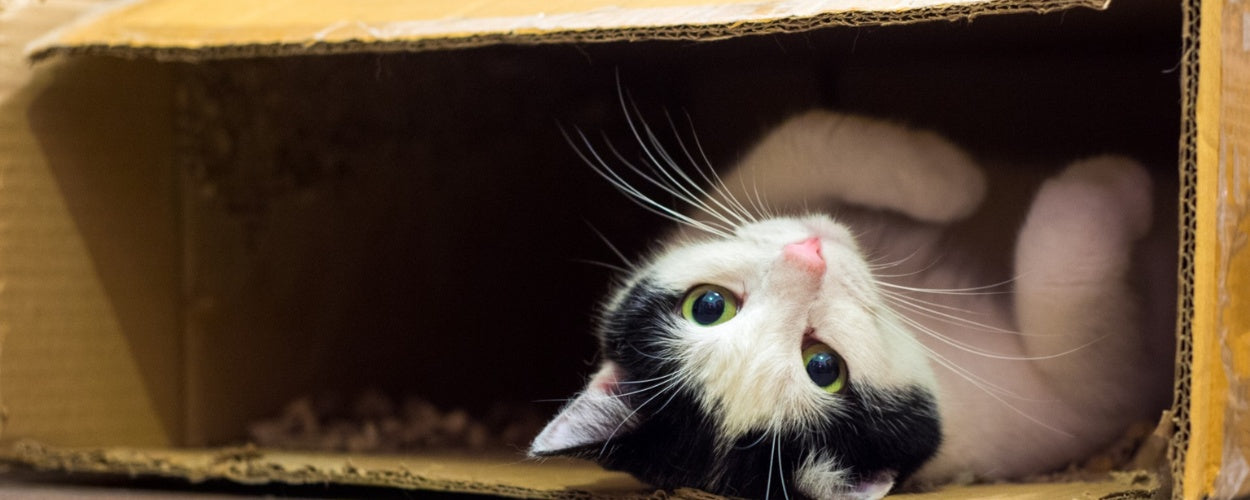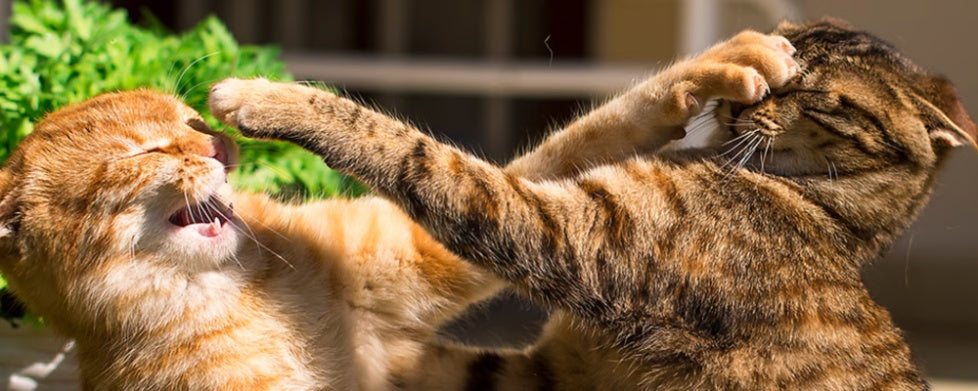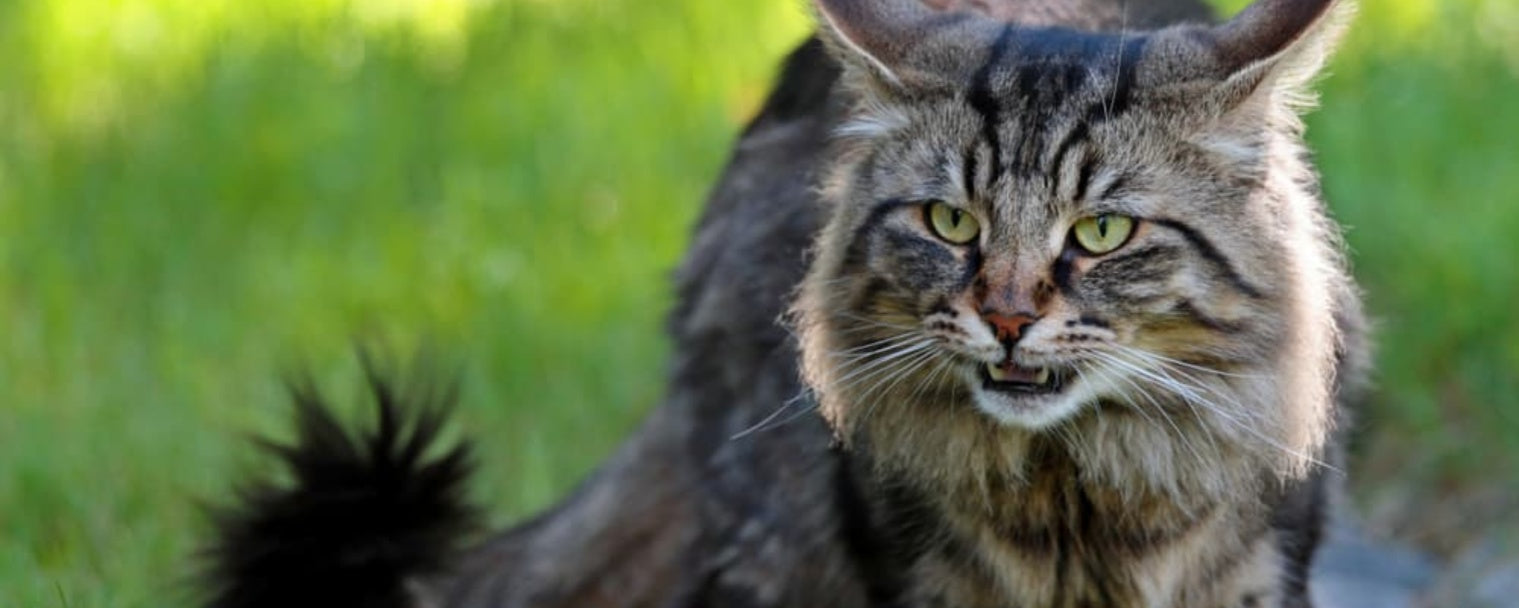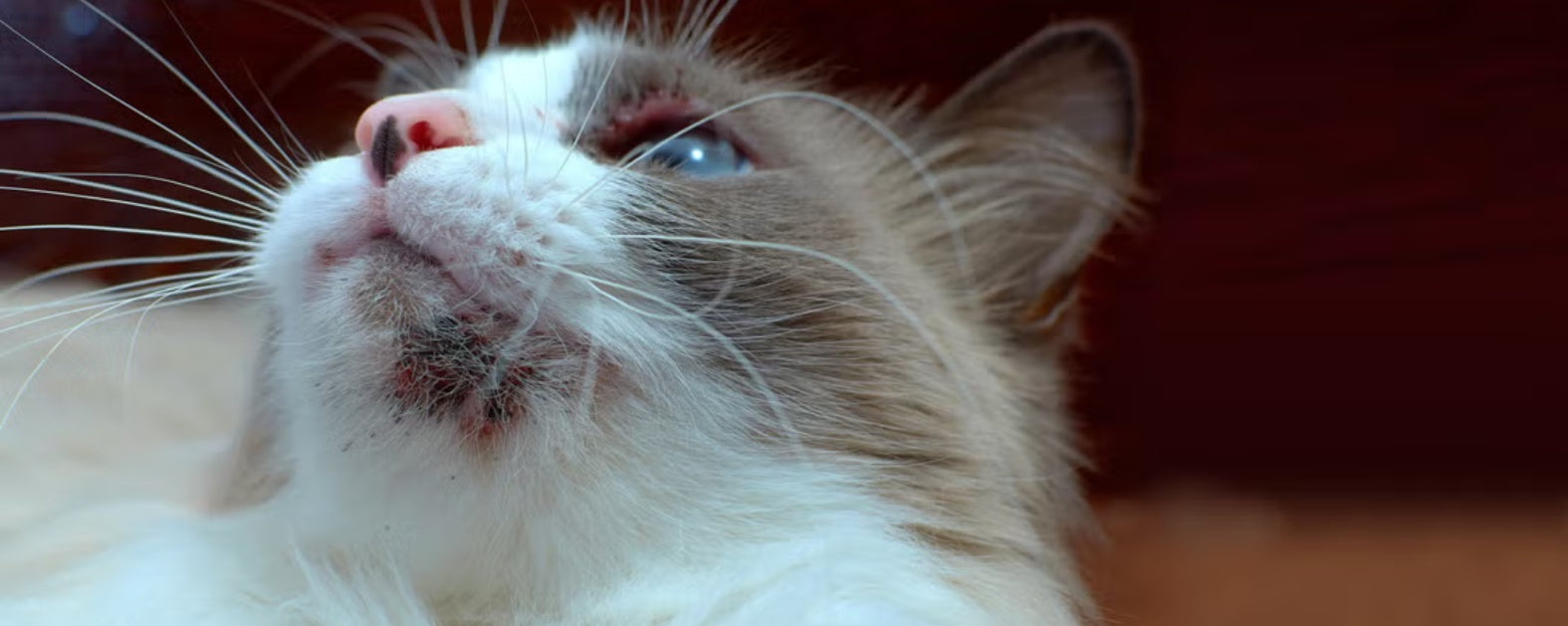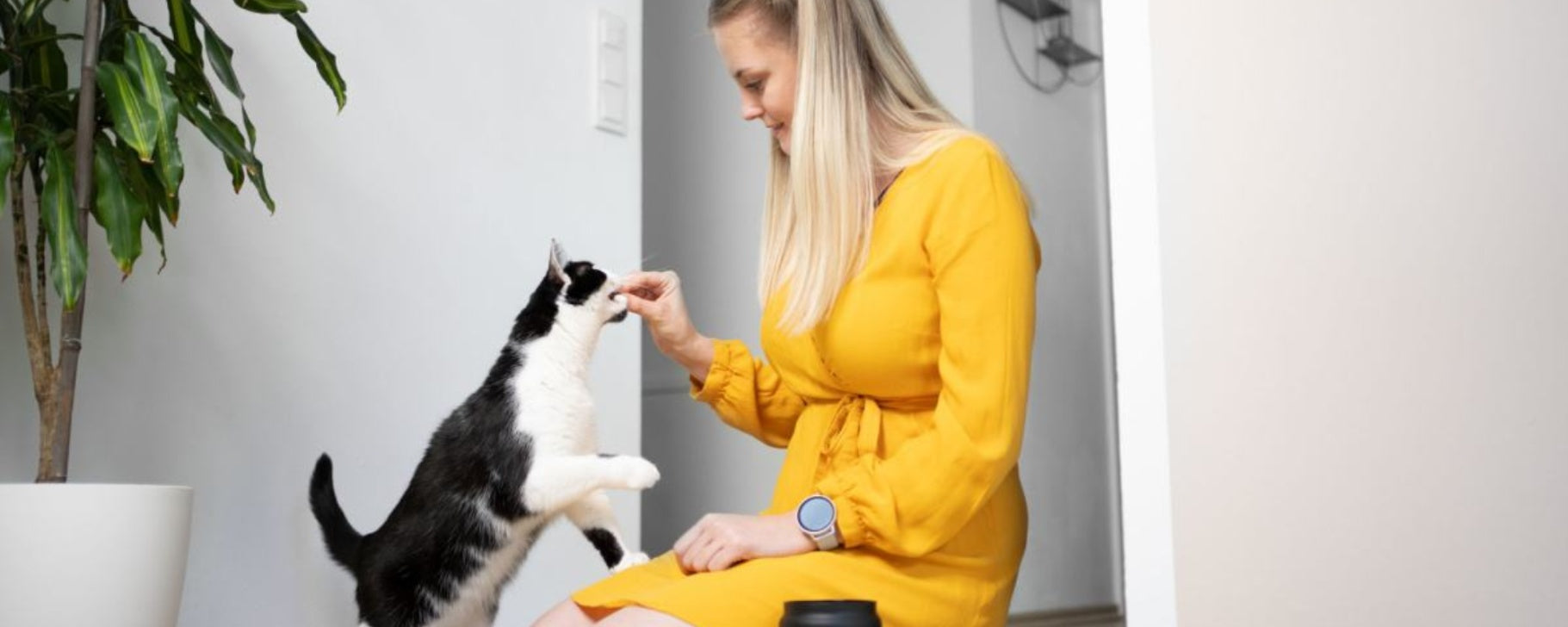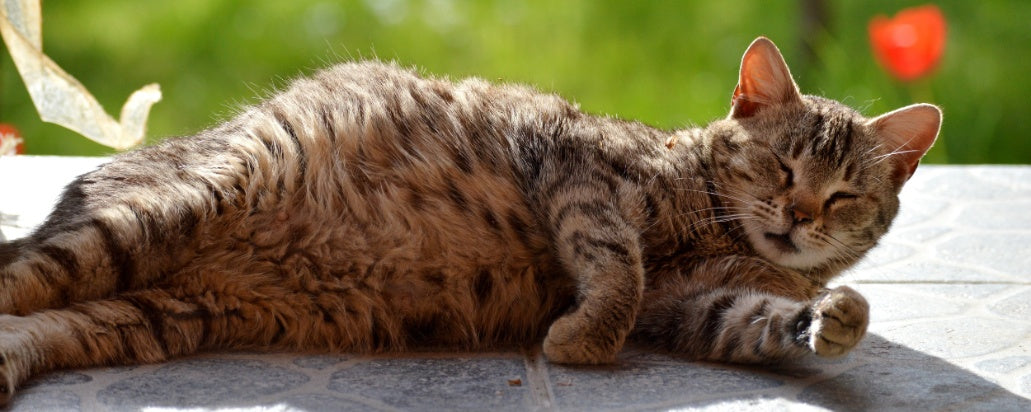If you’ve ever owned a cat, you’ve likely noticed its unwavering fascination with boxes. Whether it’s a small cardboard package or a large shipping box, a cat will almost always find a way to squeeze inside, curl up, or pounce from within.
This peculiar behavior isn’t just amusing; it’s deeply rooted in their natural instincts, biological needs, and psychological comfort. But why are cats obsessed with boxes? Let’s uncover the science-backed reasons behind this mysterious love affair.
1. A Sense of Security and Protection
One of the primary reasons cats are drawn to boxes is the sense of safety they provide. In the wild, cats rely on enclosed spaces to hide from predators, stalk prey, and protect themselves from potential threats. A box mimics this environment, offering a secure retreat where they feel protected from all sides.
According to veterinary experts, cats experience less stress when they have a hiding place. A study by the University of Utrecht found that shelter cats provided with boxes adapted faster to new surroundings and exhibited lower stress levels than those without. This suggests that boxes serve as a coping mechanism, making them an essential addition to a cat’s living space.
Key takeaway: Boxes act as a safe zone, helping cats reduce stress, feel secure, and adjust to new environments.
2. The Perfect Temperature Regulator
Cats prefer warmth—ideally between 30-36°C (86-97°F), which is higher than the average household temperature. Boxes, especially cardboard ones, provide excellent insulation, trapping heat and creating a cozy, warm enclosure.
In colder months, you might notice your cat choosing a box over its bed. This is because cardboard absorbs body heat, making it a comfortable and energy-efficient resting spot.
Key takeaway: Boxes offer a warm, insulated space that helps maintain body temperature, ensuring a comfortable resting environment.
3. An Ideal Ambush and Hunting Spot
Cats are natural hunters, even if they’re domesticated. In the wild, they rely on stealth and surprise to catch prey. A box provides the perfect ambush location, allowing a cat to hide, observe, and pounce when the opportunity arises.
Even in a home setting, this instinctual behavior remains strong. You may have seen your cat lurking in a box before suddenly leaping at a passing object, toy, or even your feet. This is their predatory instinct in action.
According to feline behaviorists, engaging in hunting-like activities keeps a cat mentally stimulated and physically active. This explains why boxes aren’t just for hiding—they are part of a cat’s play and hunting strategy.
Key takeaway: Boxes help stimulate a cat’s natural hunting instincts, offering both mental and physical enrichment.
4. Stress Relief and Emotional Comfort
Cats are territorial creatures, and changes in their environment can lead to stress and anxiety. Boxes serve as an instant stress reliever by providing an escape from overwhelming situations.
Studies show that cats facing new environments, loud noises, or unfamiliar people tend to seek enclosed spaces to feel calmer and safer. A box reduces external stimuli, allowing them to regain a sense of control.
Veterinarians recommend providing a hiding spot like a box for cats during stressful situations, such as introducing a new pet, moving homes, or loud celebrations.
Key takeaway: A box acts as a natural stress reliever, helping cats feel secure and emotionally balanced.
5. Playfulness and Curiosity
Boxes are endless sources of entertainment for cats. Their mysterious nature fuels curiosity, making them an exciting place to explore, scratch, and jump in and out of.
Cardboard boxes are textured, making them perfect for biting, clawing, and rubbing against. These activities help maintain healthy claws and satisfy instinctual scratching needs.
Additionally, boxes can turn into improvised play areas, allowing cats to engage in solo or interactive play. Some enjoy hiding in them, while others use them as tunnels or obstacle courses.
Key takeaway: Boxes offer mental stimulation and physical activity, making them a perfect enrichment tool.
6. Cats Love Tight Spaces (The “If I Fit, I Sit” Phenomenon)
If you’ve ever seen a cat squeeze into a tiny box, you’ve likely wondered, why?
This behavior is linked to instinctive body compression. Cats feel more secure when their bodies are in contact with a surface, which explains why they seek out snug, confined spaces.
Tighter spaces provide a sense of comfort, making cats feel protected and in control. This is why you’ll often see them choosing smaller boxes over larger ones.
Key takeaway: Cats instinctively seek tight spaces to feel secure and comforted.
7. A Great Hiding Spot for Solitude
Cats are independent animals that sometimes need solitude. A box offers a quiet, enclosed space where they can relax without disturbances.
Unlike beds or open areas, a box shields them from excessive human interaction or household noise, providing a peaceful retreat.
This behavior is particularly common in multi-pet households, where a cat might seek privacy away from other animals.
Key takeaway: Boxes provide solitude and privacy, allowing cats to retreat and recharge when needed.
Should You Provide Boxes for Your Cat?
Absolutely! Boxes offer numerous benefits, including security, warmth, mental stimulation, and stress relief. If you’re looking to enrich your cat’s environment, consider:
✅ Providing different-sized boxes for variet
✅ Placing them in quiet areas where your cat feels safe
✅ Cutting small holes to create tunnels for interactive play
✅ Rotating boxes periodically to maintain curiosity
However, always ensure boxes are clean, free of tape, and don’t contain toxic substances like ink or glue.
Final Thoughts
The love for boxes isn’t just a quirky habit—it’s a behavior deeply rooted in a cat’s instincts. From offering security and warmth to stimulating hunting and play behaviors, boxes serve multiple purposes in a cat’s life.
By understanding this fascination, owners can use boxes strategically to provide their cats with a comfortable, enriching, and stress-free environment.
So, the next time your cat chooses a cardboard box over a luxurious bed, you’ll know exactly why!

